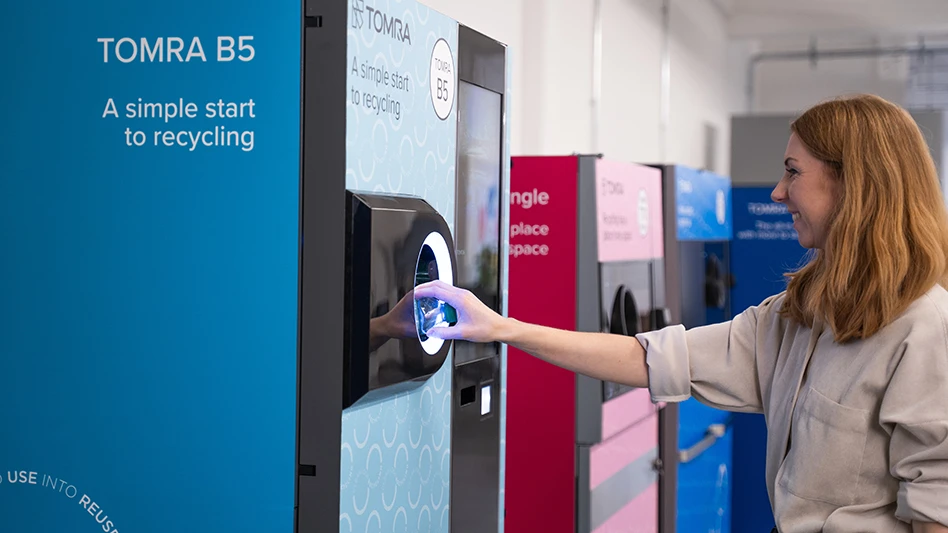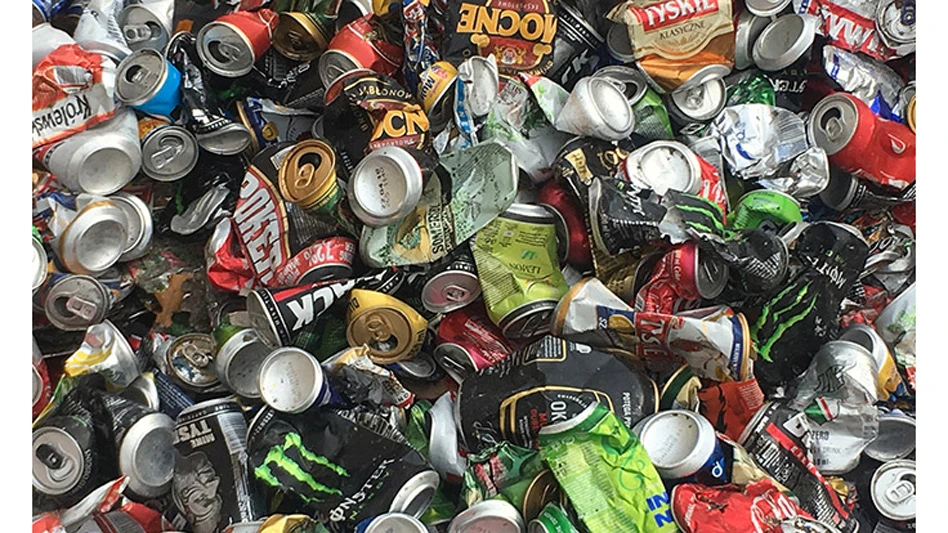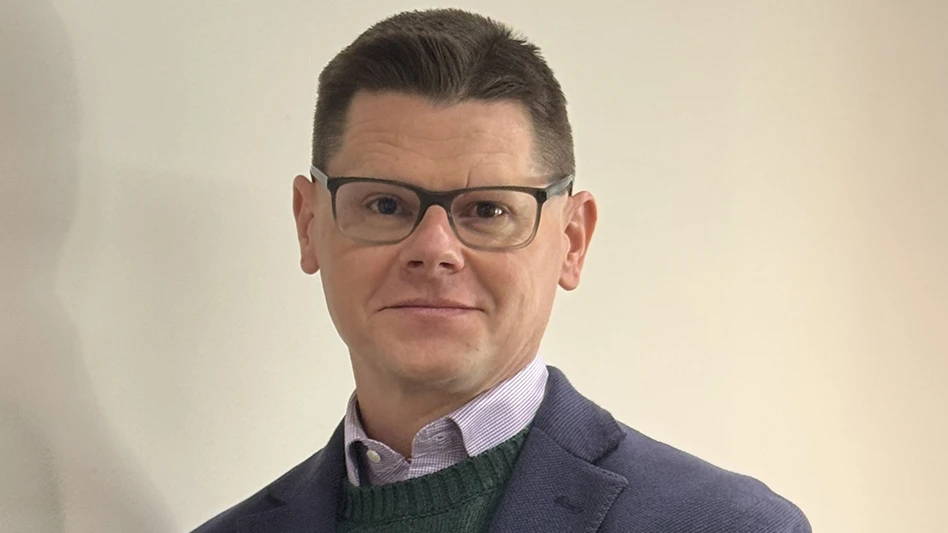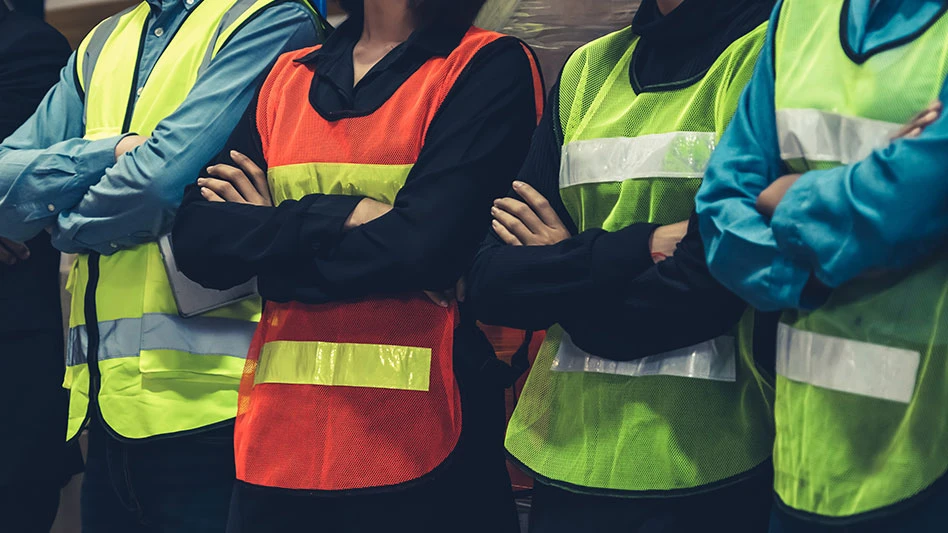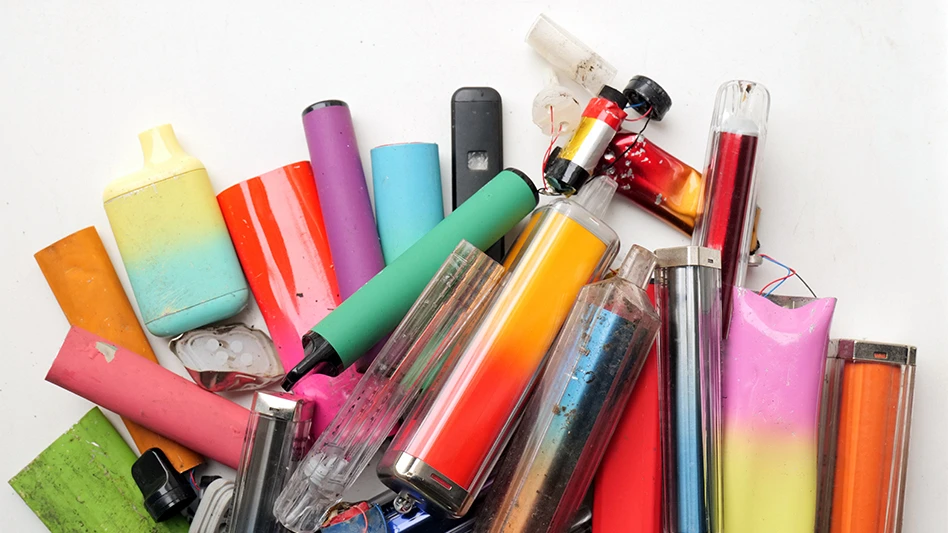As the recycling of circuit boards has evolved, recyclers are discovering several different ways to handle the mixed-material objects. The method chosen often depends on how the boards fit into grades or categories.

Dr. Ottmar Deubzer of United Nations University, Tokyo, cited a study that found circuit boards as a recyclable commodity breaking down into the following three categories based on precious metals and copper content:
- High-grade boards from servers, telecom networking equipment, some computers and cell phones and from automotive diagnostic computers (5 percent of boards);
- Medium-grade boards from laser printers, copiers and telephones (about 25 percent of all boards); and
- Low-grade boards from televisions, cathode ray tube (CRT) monitors and audio equipment (about 70 percent of all boards).
Recyclers “need a balance of manual labor and automated efforts” to most efficiently recover the maximum amount of metal and plastic from circuit boards, said Deubzer.
Daniel Ott of the Switzerland-based research institute Empa said research into circuit board recycling in India showed that a great deal of unsafe circuit board processing is taking place in the form of gold leaching, or placing circuit boards into solvents to isolate the gold.
Ott said these small, family businesses “don’t have big volumes one-by-one, but put together they are managing a lot of India’s e-waste.”
Empa is trying to work with policy makers in India to allow the family businesses to stay viable as collectors of electronic scrap and circuit boards, while backing away from the potentially unhealthy and unsafe leaching process.
Peter Hagemann, who works in Germany for U.K.-based Sims Recycling Solutions (SRS), said SRS has processed some 500,000 metric tons of electronic scrap globally.
SRS most commonly “cooperates worldwide with copper smelters” to ship “pre-treated circuit boards” there, said Hagemann.
He characterized the circuit board business as “getting more difficult” because “precious metal content is going down seriously.” Hagemann also noted, however, that recyclers are researching the possibilities to recover and recycle rare earth metals found in some types of electronic scrap.
David Goosen of Canada-based mining company Teck said his company’s smelter in Trail, British Columbia, Canada, can smelt from 20,000 to 60,000 metric tons of electronic scrap per year.
The company accepts CRT monitor glass, including the funnel glass, which is ideal for Teck’s lead smelting process because funnel glass contains from 15 to 20 percent lead.
The 2012 BIR World Recycling Convention was May 30-June 1 at the Rome Cavalieri Hotel in Italy.
Latest from Recycling Today
- ReMA urges open intra-North American scrap trade
- Axium awarded by regional organization
- China to introduce steel export quotas
- Thyssenkrupp idles capacity in Europe
- Phoenix Technologies closes Ohio rPET facility
- EPA selects 2 governments in Pennsylvania to receive recycling, waste grants
- NWRA Florida Chapter announces 2025 Legislative Champion Awards
- Goldman Sachs Research: Copper prices to decline in 2026
